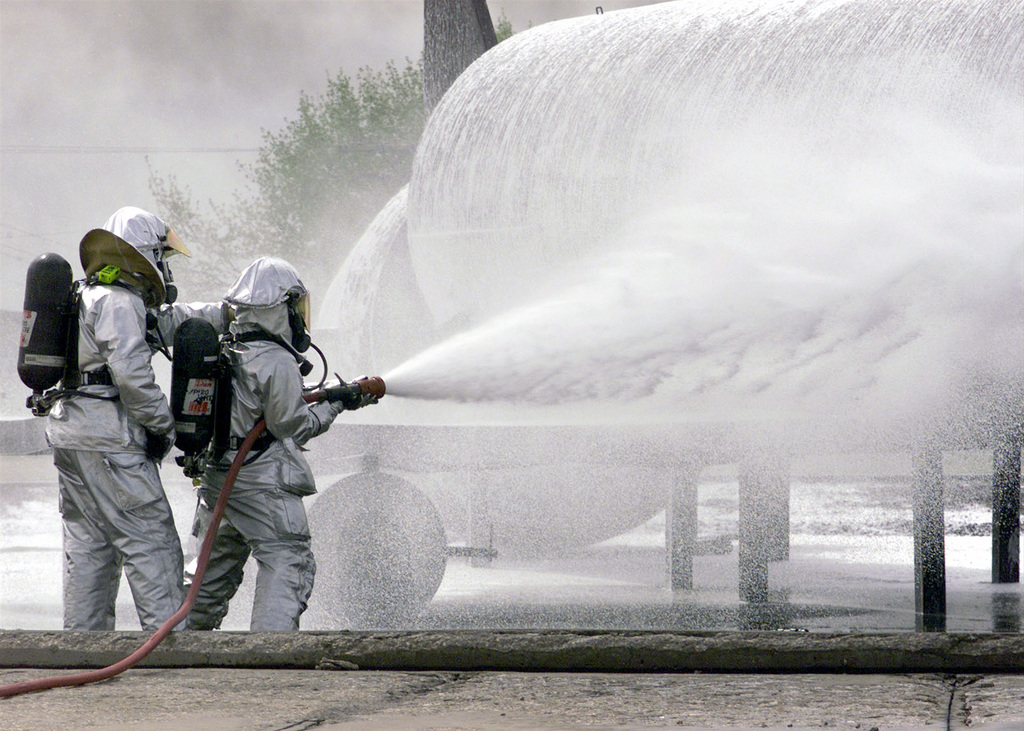Per- and polyfluoroalkyl substances (PFAS) are a class of chemicals used in certain household products and in military applications that are known or suspected to have harmful health effects. A July 2022 report shows that “[t]here is sufficient evidence of association between exposure to PFAS and increased risk of decreased antibody response in adults and children, dyslipidemia in adults and children, decreased infant and fetal growth, and kidney cancer in adults.”
Other possible associated conditions, which need to be studied further due to insignificant data, include: breast cancer in adults, liver enzyme alterations in adults and children, pregnancy-induced hypertension, increased risk of testicular cancer in adults, thyroid disease and dysfunction in adults, and increased risk of ulcerative colitis in adults, cardiovascular outcomes other than high cholesterol or developmental outcomes other than small reductions in birthweight.

Since the 1960s, the military has used aqueous film-forming foam, which contains PFAS, in firefighting. And not long after, data showed an association with long-term health problems.
The National Academies of Sciences – the organization that produced this report – is the same organization Congress has directed the VA to rely on in determining new presumptive conditions due to toxic exposures.
The U.S. Environmental Protection Agency has since put in place recommended exposure limits for the amount of PFAS in drinking and groundwater. In 2022, EPA reduced the recommended exposure limit based on research showing that “some negative health effects may occur with concentrations of PFOA or PFOS in water that are near zero.” Currently, EPA sets lifetime health advisories for four types of PFAS:

These exposure limits are exceeded by hundreds of orders of magnitude at DoD installations across the country, and testing is still ongoing to determine the extent of the problem. Environmental Working Group has an excellent interactive resource to help you identify whether one of the installations you were stationed has levels above the EPA advisory limit (hint: it’s a large majority of the sites tested). Some standout offenders include:
- Goodfellow AFB, TX, groundwater testing in 2017 showed 28 ppt of PFOS and 628 ppt of PFOA.
- Fort Bragg, NC, water systems testing in 2013-2019 showed 22.7 ppt of PFOS and 25.6 ppt of PFOA.
- Offutt AFB, NE groundwater testing showed 42,000 ppt of PFOS and 410,000 ppt of PFOA.
- NAS Pensacola, FL, on-base groundwater testing in 2017 showed a combined 126,300 ppt for PFOS and PFOA.
In sum, if you’ve ever been stationed at a base with an airstrip (where fire-fighting foam is commonly used), you were likely exposed to several hundred- or thousand-times the recommended amount of PFAS exposure for your lifetime.


